Fluid & Heat Blog Posts
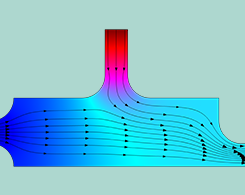
Optimizing PID Controller Performance with COMSOL Multiphysics®
PID controllers involve three components that must work together simultaneously, and it can be challenging to get each of them just right. That’s where process control simulation comes in.
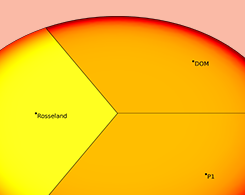
4 Methods to Account for Radiation in Participating Media
The discrete ordinates method, P1 approximation, Rosseland approximation, or the Beer–Lambert law: Which should you use to analyze heat transfer in participating media?

Speeding Up DNA Separation in a Microchannel via Simulation
DNA separation takes a long time using traditional methods. Now, researchers from the Missouri University of Science and Technology have found a faster way to get the job done.

Heat Transfer with Radiation in Participating Media and the Discrete Ordinates Method
Here’s your complete guide to the discrete ordinates method, quadrature sets, and how to model the interaction between radiation and a participating or absorbing medium.
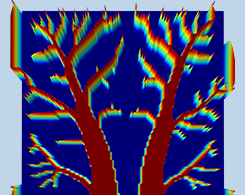
Comparing Optimization Methods for a Heat Sink Design for 3D Printing
When designing a heat sink, is it better to use parametric or topology optimization? When manufacturing said design, does 3D printing produce the best result, or a conventional method?

Calculating the Heat Transfer Coefficient for Flat and Corrugated Plates
What is the heat transfer coefficient, and how do you calculate it? This blog post includes a theoretical background and demonstration of 2 examples in COMSOL Multiphysics®.
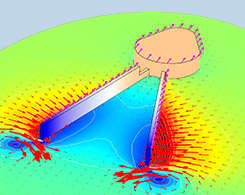
Modeling Fluid-Structure Interaction in Multibody Mechanisms
To model advanced FSI scenarios, such as swimming mechanisms or airflow around a wind turbine blade, you can use the Fluid-Structure Interaction, Pair multiphysics coupling.
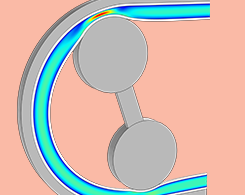
Veryst Combines Material Testing and Simulation for Reliable Results
Simulation helps companies develop the best designs. Understanding material behavior plays a key role in generating accurate simulations. Here’s how Veryst combines testing and FSI simulation.
